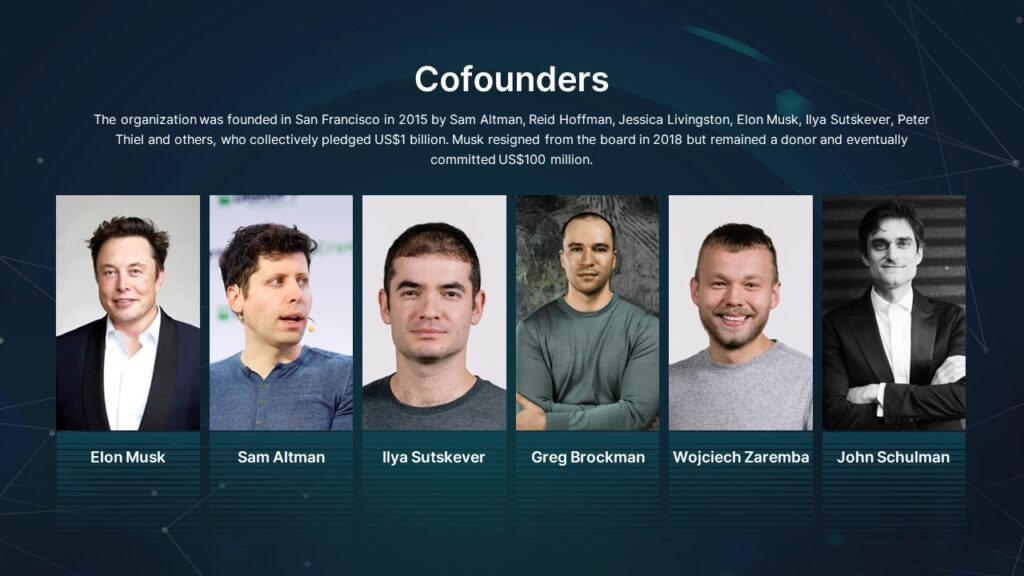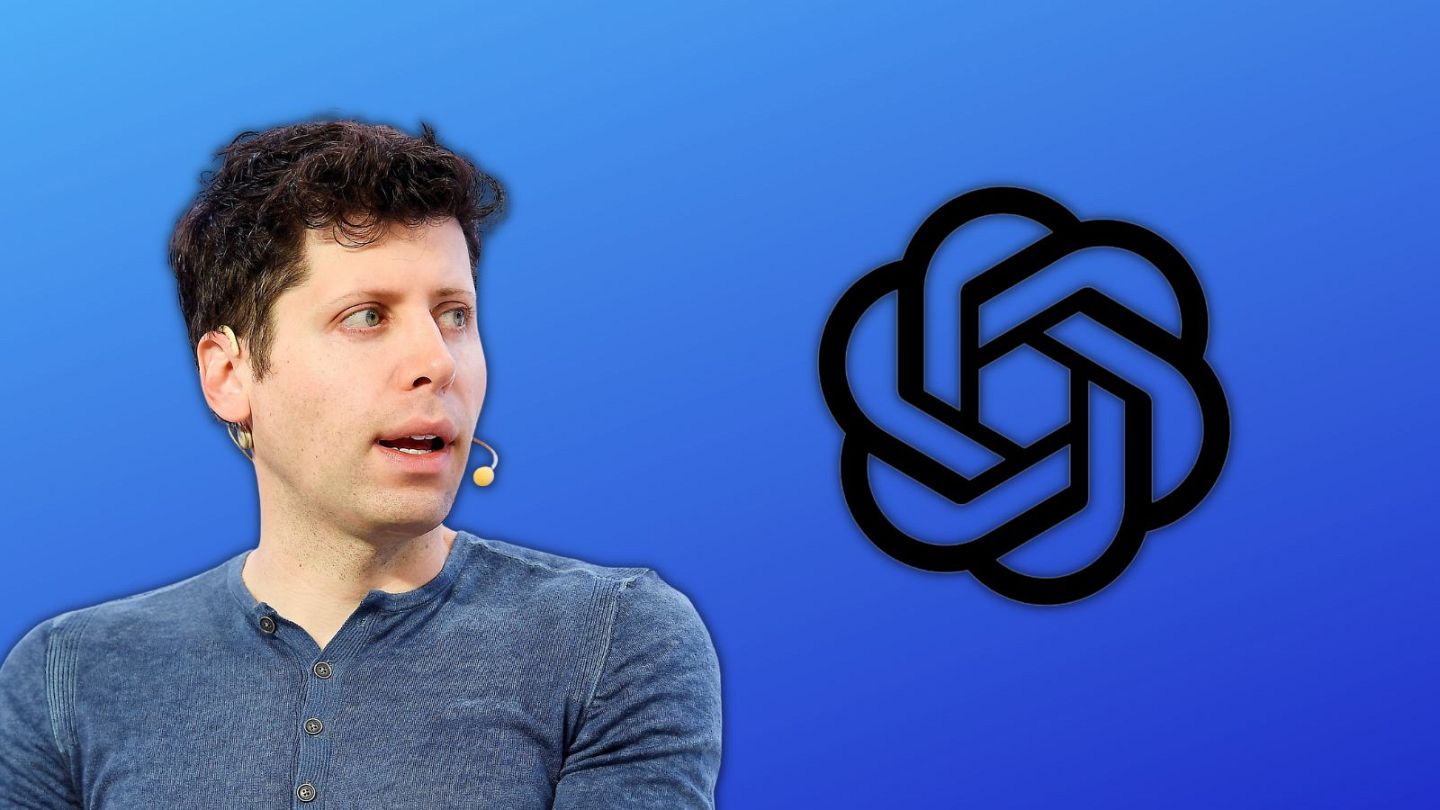In recent years, the field of artificial intelligence (AI) has witnessed remarkable advancements in natural language processing, leading to the development of sophisticated conversational AI systems. Among these groundbreaking innovations is ChatGPT, a state-of-the-art language model developed by OpenAI. Powered by the GPT-3.5 architecture, ChatGPT represents a significant leap forward in the capabilities of AI-powered chatbots and virtual assistants.
ChatGPT is a cutting-edge language model that leverages deep learning techniques to generate human-like responses and engage in meaningful conversations with users. It is part of a broader class of AI models known as Generative Pre-trained Transformers (GPT). Trained on massive amounts of text data, ChatGPT has acquired an impressive understanding of language patterns, context, and even domain-specific knowledge.
At its core, ChatGPT utilizes a transformer architecture, which enables it to process and generate text by considering long-range dependencies and contextual information effectively. The model is composed of multiple layers of self-attention mechanisms, allowing it to capture intricate relationships between words, sentences, and even entire documents. With this sophisticated architecture, ChatGPT can generate coherent and contextually relevant responses, making it ideal for interactive conversational applications.
One of the remarkable aspects of ChatGPT is its ability to adapt to various conversational styles and tones. By fine-tuning the model on specific datasets and utilizing techniques like reinforcement learning, developers can shape ChatGPT’s responses to match desired behaviors. This flexibility allows the system to be applied in a wide range of applications, from customer support and virtual assistance to content creation and educational tools.
However, it is important to note that ChatGPT also has certain limitations. Despite its impressive language abilities, the model may occasionally produce incorrect or nonsensical responses, be sensitive to input phrasing, or struggle with handling ambiguous queries. OpenAI recognizes these challenges and continues to refine and enhance the model’s performance while addressing ethical concerns related to bias and misinformation.
In conclusion, ChatGPT represents a significant milestone in the development of conversational AI. With its advanced language modeling capabilities, contextual understanding, and adaptability, ChatGPT has opened up new possibilities for creating interactive and engaging chatbots, virtual assistants, and other conversational applications. As AI technology continues to progress, ChatGPT and similar language models are expected to play an increasingly integral role in transforming the way we interact with machines and access information.
Founding History of ChatGPT: A Journey towards Advanced Conversational AI
ChatGPT has captured the imagination of users worldwide. Behind its impressive capabilities lies a rich founding history that showcases the evolution of language models and the commitment of OpenAI to push the boundaries of artificial intelligence. This article delves into the founding history of ChatGPT, tracing its origins and the key milestones that have shaped its development.
The foundation for ChatGPT can be traced back to the earlier iterations of OpenAI’s language models. OpenAI released its first significant language model, GPT (Generative Pre-trained Transformer), in 2018. This initial model demonstrated the potential of transformer-based architectures in natural language processing tasks. While it exhibited promising capabilities in generating coherent text, it lacked the interactive and conversational abilities that would later define ChatGPT.
Building upon the success of the early GPT models, OpenAI embarked on an ambitious project to develop a conversational AI system that could engage in dynamic and contextually rich interactions. In June 2020, OpenAI introduced the first iteration of ChatGPT as a research preview. This early version, known as “gpt-3.0-turbo,” was made available to selected users to explore and provide valuable feedback for further improvements.
The research preview of ChatGPT marked a pivotal phase in its founding history. OpenAI invited users to interact with the system and collected feedback to understand its strengths, weaknesses, and the potential impact of deploying such a powerful language model. Through this user feedback and ongoing research, OpenAI aimed to identify areas for refinement and address ethical concerns associated with AI-generated content.
Based on the insights gathered during the research preview, OpenAI unveiled the successor to ChatGPT in March 2021. This marked the release of the highly anticipated GPT-3.5 architecture, which powered the improved and more capable ChatGPT. The new version featured advancements in response quality, reduced instances of incorrect or nonsensical outputs, and a refined understanding of context, making it a significant leap forward in conversational AI technology.
OpenAI’s founding history for ChatGPT is rooted in a commitment to democratizing access to powerful AI systems while ensuring responsible use. To balance these goals, OpenAI introduced an API (Application Programming Interface) access model to make ChatGPT available to developers, researchers, and businesses. This API approach allowed OpenAI to strike a balance between accessibility and preventing potential misuse of the technology.
The founding history of ChatGPT showcases OpenAI’s dedication to advancing conversational AI and pushing the boundaries of language models. From the initial release of GPT to the research preview and subsequent improvements, ChatGPT has evolved into a state-of-the-art conversational AI system. By engaging users, collecting feedback, and addressing ethical considerations, OpenAI continues to refine ChatGPT’s capabilities, making it an instrumental tool for interactive and intelligent conversations with AI-powered systems.
Founding Team of ChatGPT
The founding team of ChatGPT includes:
- Sam Altman: Sam Altman is the CEO of OpenAI. He is a former president of Y Combinator and a former research scientist at Google.
- Greg Brockman: Greg Brockman is the co-founder and president of OpenAI. He is a former research scientist at Microsoft and a former Thiel Fellow.
- Ilya Sutskever: Ilya Sutskever is a co-founder of OpenAI. He is a former research scientist at Google and a former PhD student at the University of Toronto.
- Alec Radford: Alec Radford is a research scientist at OpenAI. He is a former PhD student at Stanford University.

OpenAI is a non-profit research company that was founded in 2015 by Elon Musk, Sam Altman, Ilya Sutskever, Greg Brockman, and others. The company’s mission is to “ensure that artificial general intelligence benefits all of humanity.” OpenAI has developed a number of groundbreaking AI technologies, including ChatGPT.
ChatGPT is a large language model chatbot that was released in November 2022. The chatbot is able to generate human-quality text, translate languages, write different kinds of creative content, and answer your questions in an informative way. ChatGPT has been used by millions of people around the world, and it has been praised for its ability to generate realistic and engaging conversations.
Also Read: SAP Journey to Success: A Story of Innovation and Bold Strategy
To read more content like this, subscribe to our newsletter



